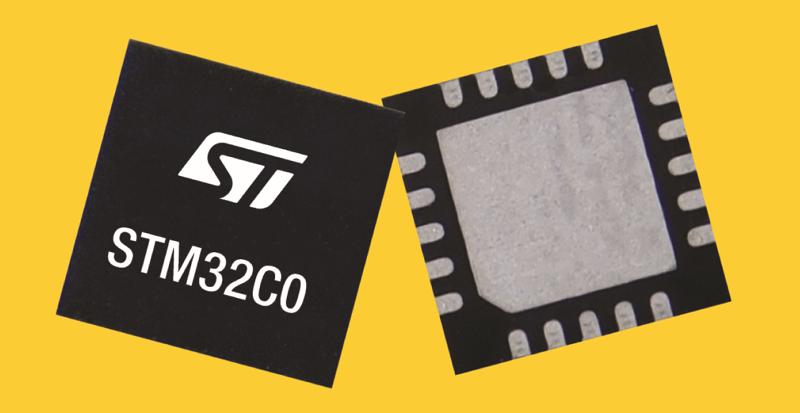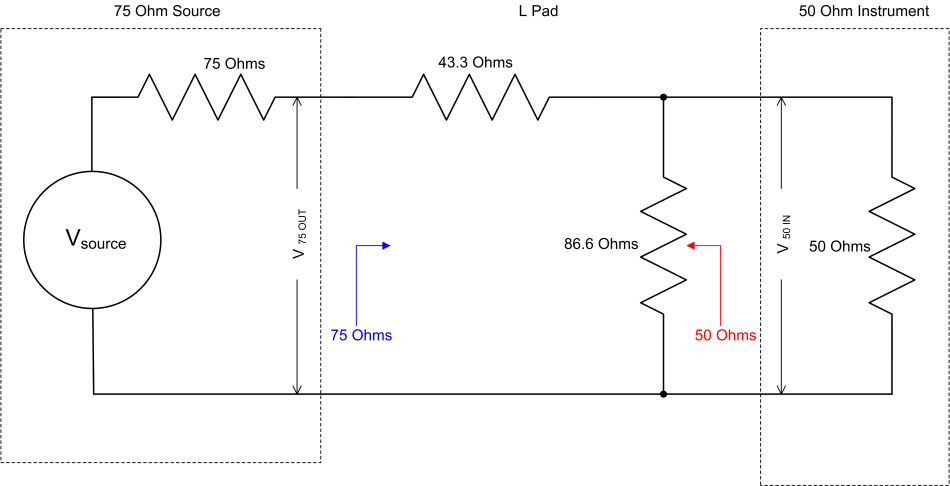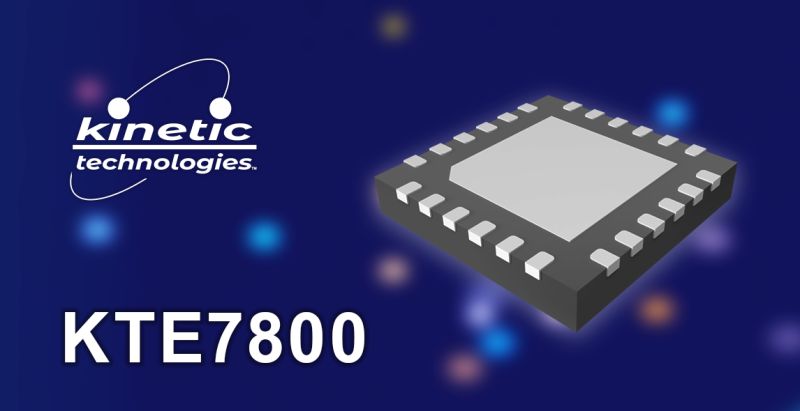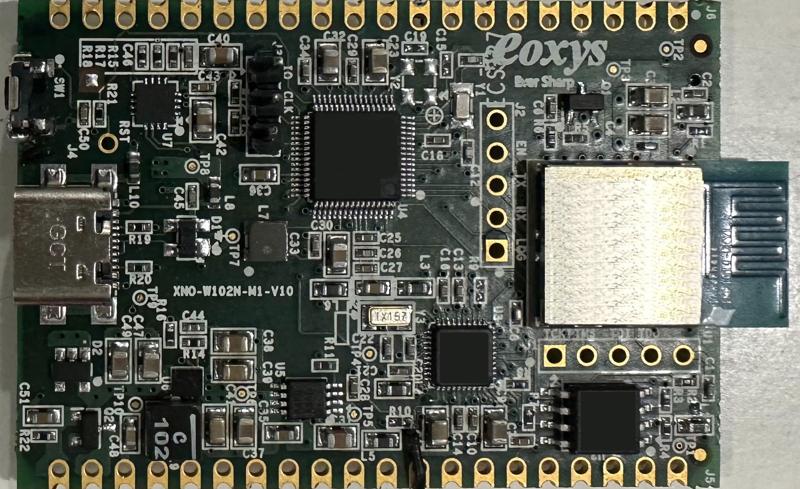
Home solar
- Sensors
- 2023-09-23 23:31:28
In addition to the expected technical expertise, engineering design is largely about managing tradeoffs within the boundaries set by unavoidable constraints. Deciding how much weight and priority to assign to each good or bad attribute to enable making these tradeoffs takes both quantitative analysis as well as judgment and experience. The list is long and covers many dimensions of performance such as power, size, weight, reliability, component availability, bill of materials (BOM) cost, and assembly cost, to cite just a few of the many issues.
Even a decision which seems simple at first glance has its tradeoffs. Consider the case of sizing the resistor used for load-current sensing, Figure 1.
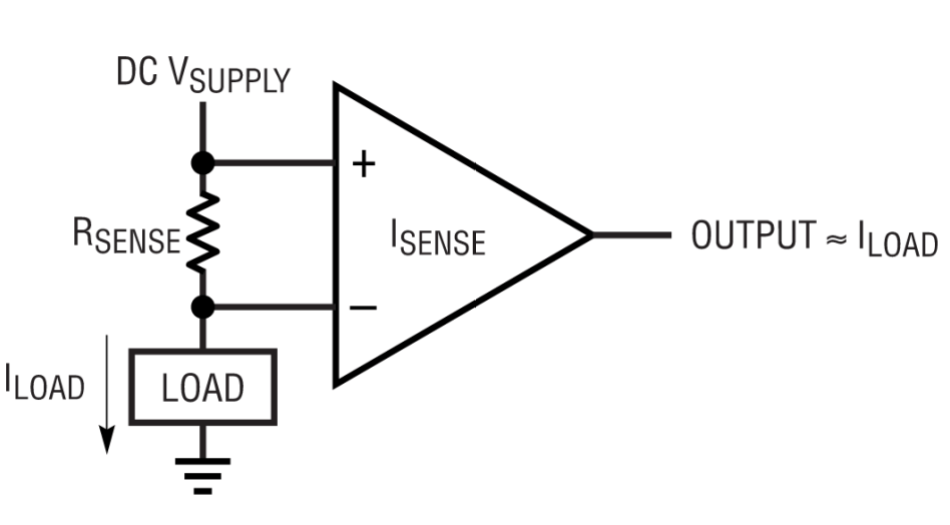
Figure 1 Even the conceptually simple use of the voltage drop across a resistor to measure current flow brings tradeoffs among various technical considerations. Source: Analog Devices



A larger-value resistor provides a higher voltage via the IR drop at a given current, but that drop also reduces the rail voltage available for the load. There’s also dissipative waste, so a physically larger or thermally more rugged resistor is needed to handle that heat. Conversely, a smaller-value resistor reduces rail and dissipation losses but offers a smaller voltage drop, which is more prone to corruption by noise. Insight into these tradeoffs is one of the many functions which a good application note or blog can provide.
There are several kinds of application-focused collateral:
Those which simply posit a specific component or approach as the solution to the problem and extol its virtues. These often lack context and presume there are no other alternatives or downsides to what they propose. I find these to have the least value due to their minimization or outright avoidance of broader context, but they nonetheless often contain useful information despite their limited perspective.Others go beyond the simplistic discussion explain how to get the most when using a specified component or class of components (current-feedback op amps, for example) but acknowledge where they may not be a good fit in some cases. These notes are valuable if you are not entirely sure which solution you will be choosing, and they help to minimize avoidable mistakes and headaches you’re evaluating the situation.Finally, there are those which focus on discussion and explanation of the tradeoffs among several approaches by clarifying the pros and cons of each. They also show how the relative weight of these attributes may change as your design scales up or down in capacity and capability.I find this last group to be the most satisfying because the lessons they provide give longer-term insight into the issues. Further, if well written, these will help you make better decisions in future projects as well.
A very good example of this last group is a recently posted blog by Harald Parzhuber of Texas Instruments, “5 converter topologies for integrating solar energy and energy storage systems” (free but registration may be required). It begins with an overview of the various power converters that a residence with solar power might require, each producing different DC voltages and currents, Figure 2.

Figure 2 A typical solar-inverter system for residential energy generation. The associated storage-system installation shows that different units are needed for different functions in the house. Source: Texas Instruments
As the title indicates, it is not about any single topology but instead it looks at the attributes of five topologies with respect to complexity, voltage, performance, and other aspects. This brief yet interesting blog/app note starts with a nice summary table/graphic showing and classifying power topologies for half-bridge and branch equivalent, and then delves further into each one with a substantive level of detail, Figure 3.

Figure 3 Simplified power topologies for half-bridge and branch equivalent topologies. Source: Texas Instruments
This was followed by a chart listing the benefits and challenges (that’s an engineering euphemism for “difficulties,” of course) of the different topologies.
After reading this piece, I gained some useful insight into the converter options for this application and their associated technical cost/benefit tradeoff of each. It made clear, among other points, that a simpler design with fewer components can work. However, by adding additional components or using somewhat different topologies, you can overcome the inherent shortcomings of the simpler approaches, if those are unacceptable—and they may not be. It’s one of the classic engineering tradeoffs and dilemmas: keep it simple (which is generally a good thing) and accept reduced performance or elect to add complexity for some level of performance improvement. To what extent should the engineering rule that “simpler is better” apply?
This blog was a nice, brief course and guide proving insight into the issues. If I was actively doing a design this this area, I’d have much better insight into the options and tradeoffs—that’s a good engineering start to any project.
Do you recall reading a brief but insightful application note that gave you the perspectives you needed about your choices and the costs/benefits of each? Are the lessons it offered still meaningful and viable?
Bill Schweberis an EE who has written three textbooks, hundreds of technical articles, opinion columns, and product features.
Related Content
Energy-storage options: abundant alternatives and tricky tradeoffsPulsed high-power systems are redefining weaponsKeep solar panels clean from dust, fungusSeries vs shunt linear voltage regulation for small solar-photovoltaic power suppliesTeardown: The power inverter – from sunlight to power gridHome solar由Voice of the EngineerSensorsColumn releasethank you for your recognition of Voice of the Engineer and for our original works As well as the favor of the article, you are very welcome to share it on your personal website or circle of friends, but please indicate the source of the article when reprinting it.“Home solar”



